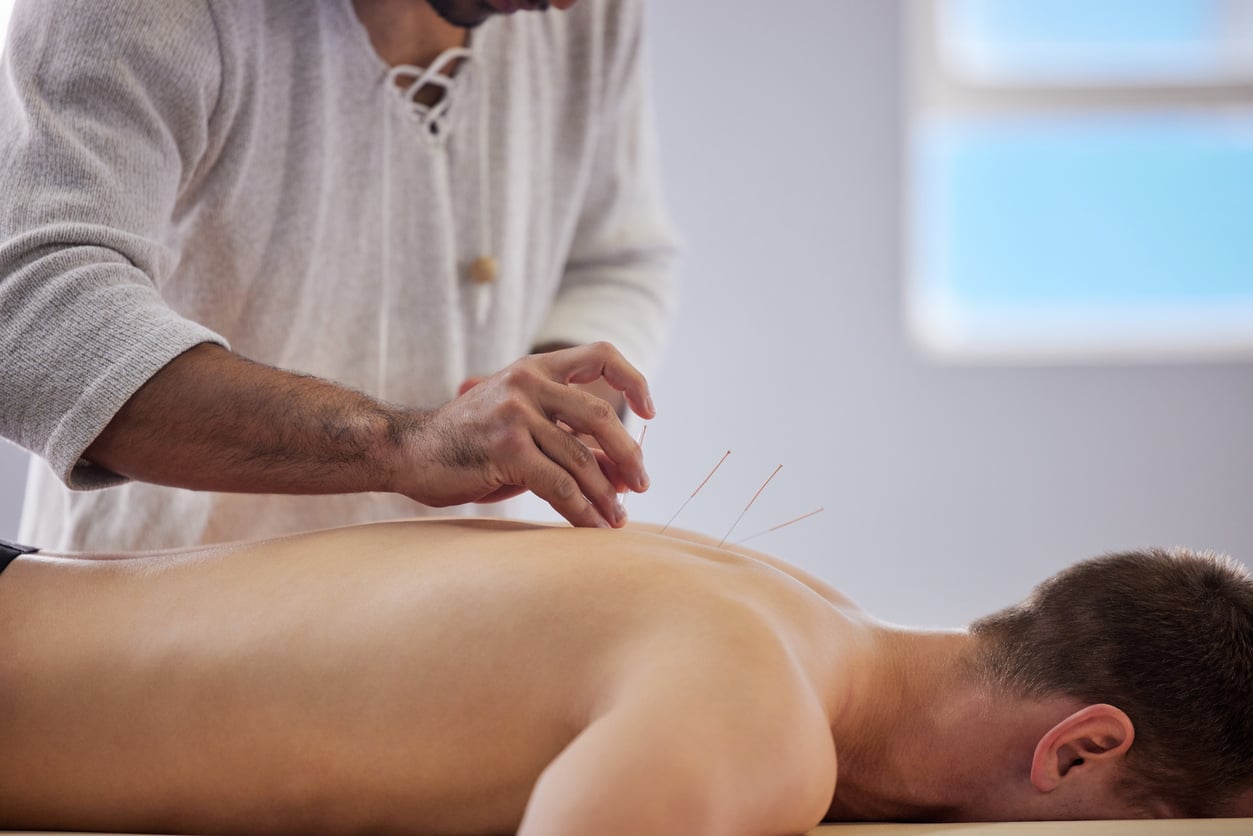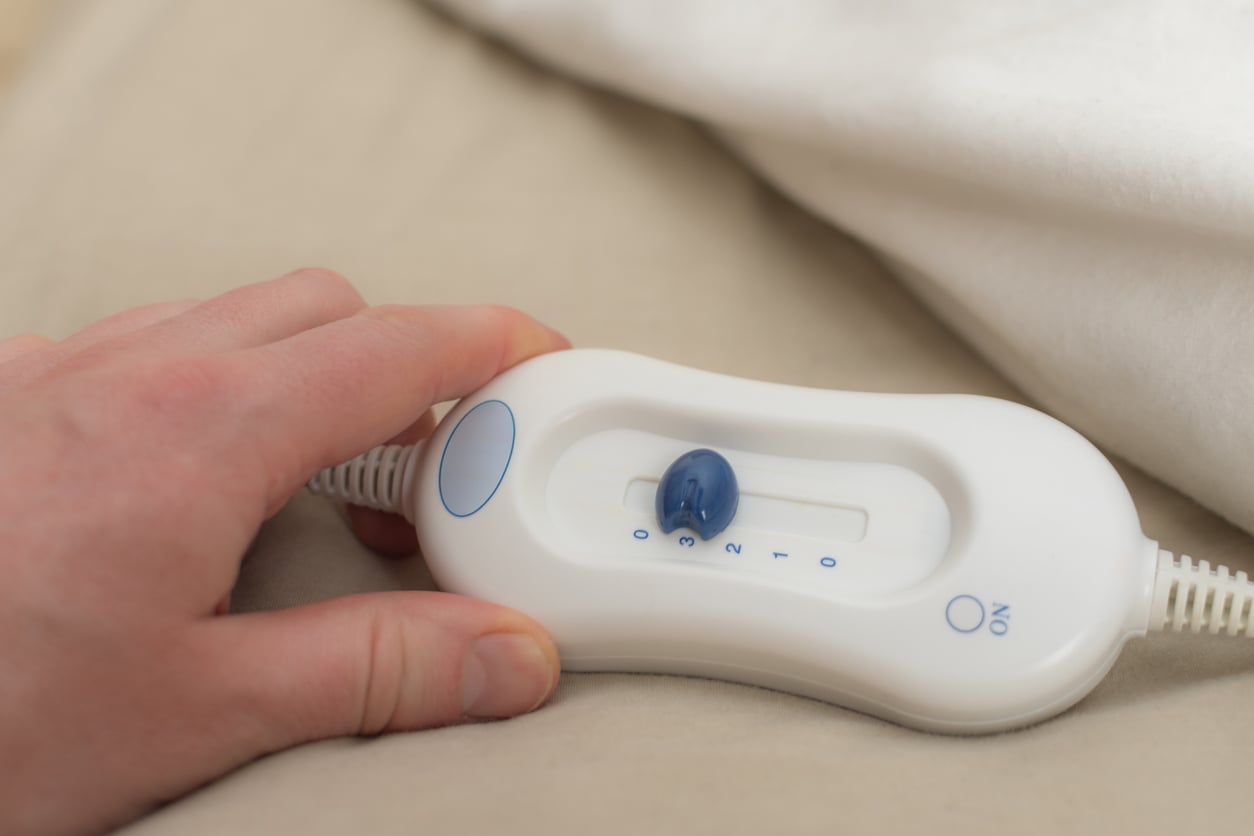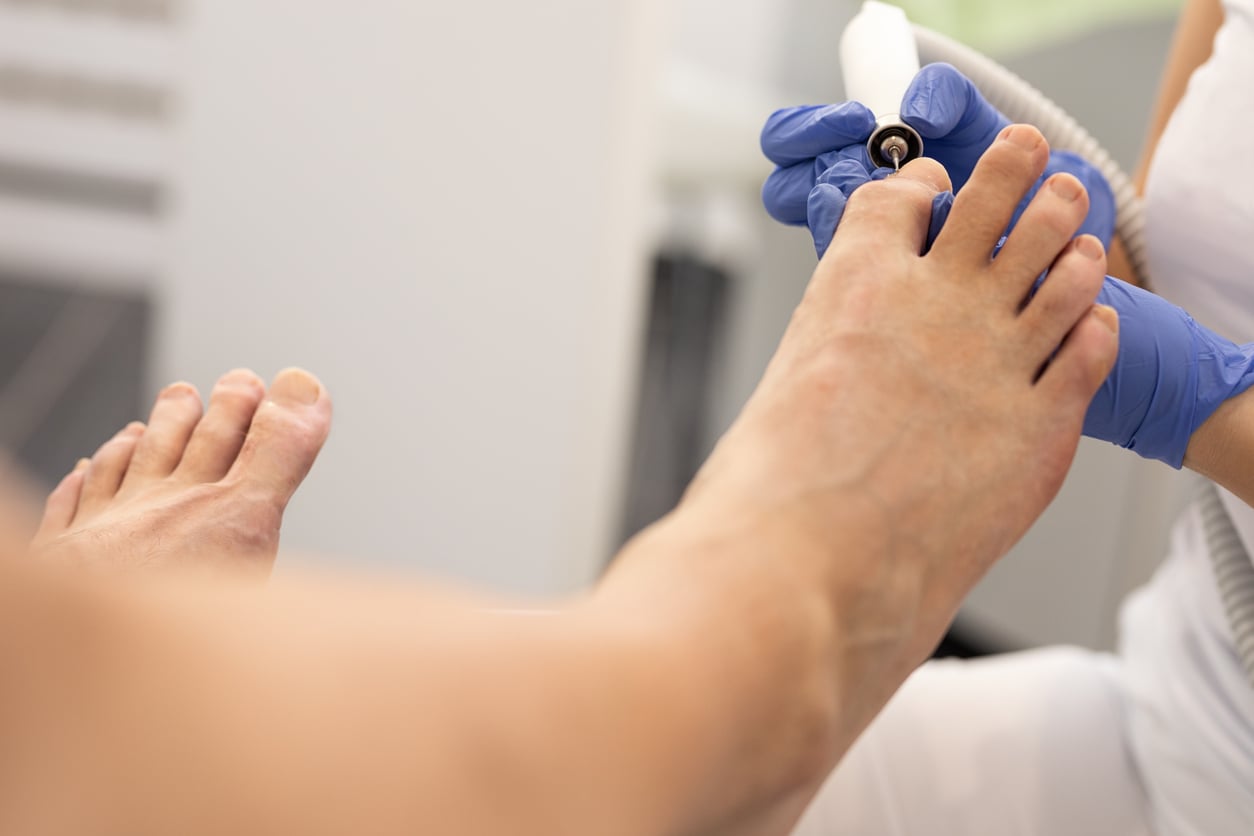10 Treatments for Sciatica: Pain Relief Solutions

Sciatica is a condition that results in pain, tingling, and numbness that radiates down the leg. In most cases, sciatica is caused by a herniated disk in the lower back. There are many different treatments for sciatica, ranging from conservative measures to surgery. In this blog post, we will discuss 10 of the most common treatments for sciatica. We will also provide tips on how to reduce your risk of developing this condition.
Foam Rolling
Foam rolling helps to release tension in the muscles and break up knots that can cause pain. It also helps to improve blood circulation and flexibility, both of which are important for preventing and treating sciatica. To foam roll effectively, start by placing the foam roll under the lower back and slowly rolling up and down. Be sure to apply pressure evenly and avoid rolling over any bony areas. For best results, foam roll for at least 5 minutes per day.

Yoga
Yoga may provide relief from sciatica by stretches the muscles that contribute to the sciatic nerve compression. A review of studies suggests that practicing yoga may help relieve pain and improve function in people with sciatica. However, more research is needed to confirm these effects. Another study found that Iyengar yoga, which focuses on precise alignment of the body, was more effective than other types of yoga in relieving sciatica pain. If you have sciatica, talk to your doctor about whether yoga might be right for you and what type of class to take.

Acupuncture
Acupuncture is an effective treatment for sciatica because it can help to relieve pain, improve circulation, and reduce inflammation. During an acupuncture session, thin needles are inserted into specific points along the body. This helps to stimulate the nervous system and release endorphins, which are natural pain relievers. Acupuncture is a safe and effective treatment for sciatica, and it can provide relief from pain and other symptoms.

Weight Loss
Studies have shown that carrying excess weight can contribute to the development of sciatica, or can worsen existing sciatica symptoms. Losing just a few pounds can help to take pressure off of the spine and relieve sciatic nerve pain. For people who are overweight or obese, weight loss can be especially effective in treating sciatica. In addition to helping with pain relief, weight loss can also help improve mobility and function. If you are suffering from sciatica, talk to your doctor about whether weight loss might be an effective treatment option for you.

Chiropractic Treatment
Chiropractic treatment can help to relieve this pressure and alleviate pain. The chiropractor may use a variety of techniques, including spinal manipulation, massage, and stretching exercises. In addition, the chiropractor may advise the patient on lifestyle changes, such as participating in regular exercise and maintaining proper posture. Research suggests that chiropractic treatment is an effective means of treating sciatica. A study published in the Journal of Manipulative and Physiological Therapeutics found that patients who received chiropractic treatment experienced significant improvements in pain levels after just eight weeks of treatment.

Heating Pads
Heating pads are a popular at-home treatment for sciatica. Heat can help to reduce inflammation and pain in the lower back and legs. Heat therapy can be effective in treating chronic low back pain. Heating pads can be applied to the lower back for short periods of time, typically 15-20 minutes at a time. Some people find relief from using a heating pad on a nightly basis. Be sure to follow the instructions on the heating pad packaging and consult with your doctor before using heat therapy as a treatment for sciatica.

Exercise
Exercise is a common treatment for sciatica, and there are a number of different exercises that can be helpful. One of the most effective exercises for sciatica is the Pilates reformer exercise. This exercise helps to stretch and strengthen the muscles in the back, which can help to relieve pressure on the sciatic nerve. Other exercises that can be helpful include yoga, swimming, and walking. In addition to exercising, it is also important to maintain good posture and alignment. This means sitting up straight and avoiding activities that involve bending or twisting at the waist.

Massage
For many people, massage is a luxurious indulgence. But for those suffering from sciatica, it can be an effective form of treatment. Sciatica is a condition characterized by pain extending from the lower back down the sciatic nerve, which runs from the buttocks to the feet. The pain can range from mild to severe, and it can make everyday activities such as walking and sitting very uncomfortable. Massage therapy can help to alleviate sciatica pain by loosening tight muscles and improving blood circulation. The therapist will use gentle, rhythmic strokes along the length of the sciatic nerve. In addition to relieving pain, massage can also help to improve range of motion and flexibility. As a result, it can be a beneficial treatment for anyone suffering from sciatica.

TENS Machines
TENS stands for Transcutaneous Electrical Nerve Stimulation, and it works by delivering electrical impulses to the affected area. This helps to block pain signals from reaching the brain, providing relief from the discomfort of sciatica. TENS machines are generally safe and easy to use, and they can be an effective way to manage sciatica pain. If you are suffering from sciatica, talk to your doctor about whether a TENS machine might be right for you.

Medication
When it comes to treating sciatica, there are a number of options available. For some people, simple home remedies such as heat or ice can help to reduce pain and inflammation. Others may need to take over-the-counter pain relievers or muscle relaxants. However, for more severe cases of sciatica, prescription medication may be necessary. The most common type of medication used to treat sciatica is an anti-inflammatory drug, which can help to reduce swelling and pain. In addition, nerve block injections may be recommended for people who do not respond to other forms of treatment. Ultimately, the best way to treat sciatica is to work with a medical professional to find the approach that best suits your needs.




